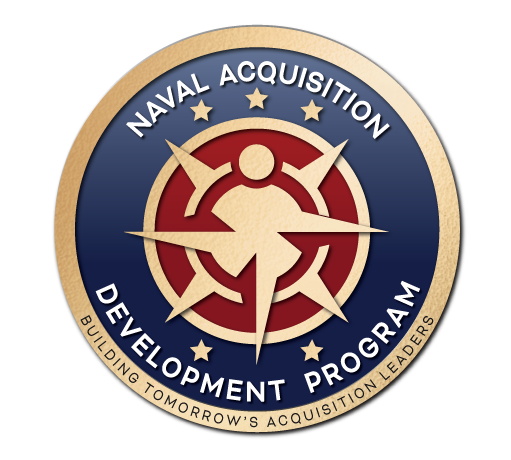
Key Points
- Rear Adm. Seiko Okano’s pilot program in the Navy aims to expedite the acquisition of new military technologies.
- The program’s success includes the quick installation of SM-6 missile launchers, showcasing faster deployment of capabilities.
- Addressing the ‘valley of death’ in technology development, the initiative integrates idea generation, testing, and procurement within one office.
Introduction to the program
In a time of rapid technological advancement and evolving global threats, the U.S. Navy has embarked on an ambitious pilot program to transform its acquisition process. This new program has been spearheaded by the Program Executive Officer for Integrated Warfare Systems, Rear Adm. Seiko Okano. The new program is designed to address the urgent need to deliver capabilities to the warfighter and the battlefield more rapidly than ever before.
Rapid capability development
One of the first triumphs of this initiative was the accelerated deployment of Standard Missile-6 (SM-6) launchers on the littoral combat ship Savannah. This sophisticated system allows the Savannah, a smaller and more agile littoral combat ship, to engage aerial threats at extended ranges, significantly boosting its defensive capabilities. This achievement implies that the new program streamlined the acquisition process for the SM-6 launchers, allowing them to be deployed on the Savannah much faster than traditional methods. This effort exemplifies the program’s capacity to swiftly bring vital technologies from its concept stage to the battlefield. By implementing a virtualized Aegis Combat System and containerized launcher cells, the Navy demonstrated its ability to augment its firepower. It also proved the implementation without extensive modifications to its existing ship inventory. This success story highlights the program’s ability to significantly reduce development timelines that typically span years.
Addressing the budgeting process
A critical aspect of the pilot program is examining and possibly revising the budgeting process. Traditionally, military budgeting is locked into a rigid structure. These tight constraints often impede the swift adaptation of new technologies. By proposing a more flexible approach, the Navy aims to enhance its ability to respond to emerging needs and technological opportunities. This unique and flexible approach allows funds to be reallocated within broader development categories such as missiles or sensors.
Challenges and solutions
Collaborative efforts and future outlook
The Navy’s pilot program is not operating in a vacuum. Rather, it is a collaborative effort with the Marine Corps’ PEO Land Systems, and engagement with Army and Air Force counterparts indicates a move towards joint capability development. The program’s success metrics differ from traditional cost, schedule, and performance metrics. Instead, the program focuses on rapid deployment, scalability, and minimal fleet disruption.
The U.S. Navy’s pilot program under Rear Adm. Okano’s leadership marks a significant shift in military acquisition. The new program embraces flexibility, rapid development, and cross-service collaboration. This new initiative not only addresses current technological and strategic challenges but also paves the way for a more agile and responsive military in the future.
